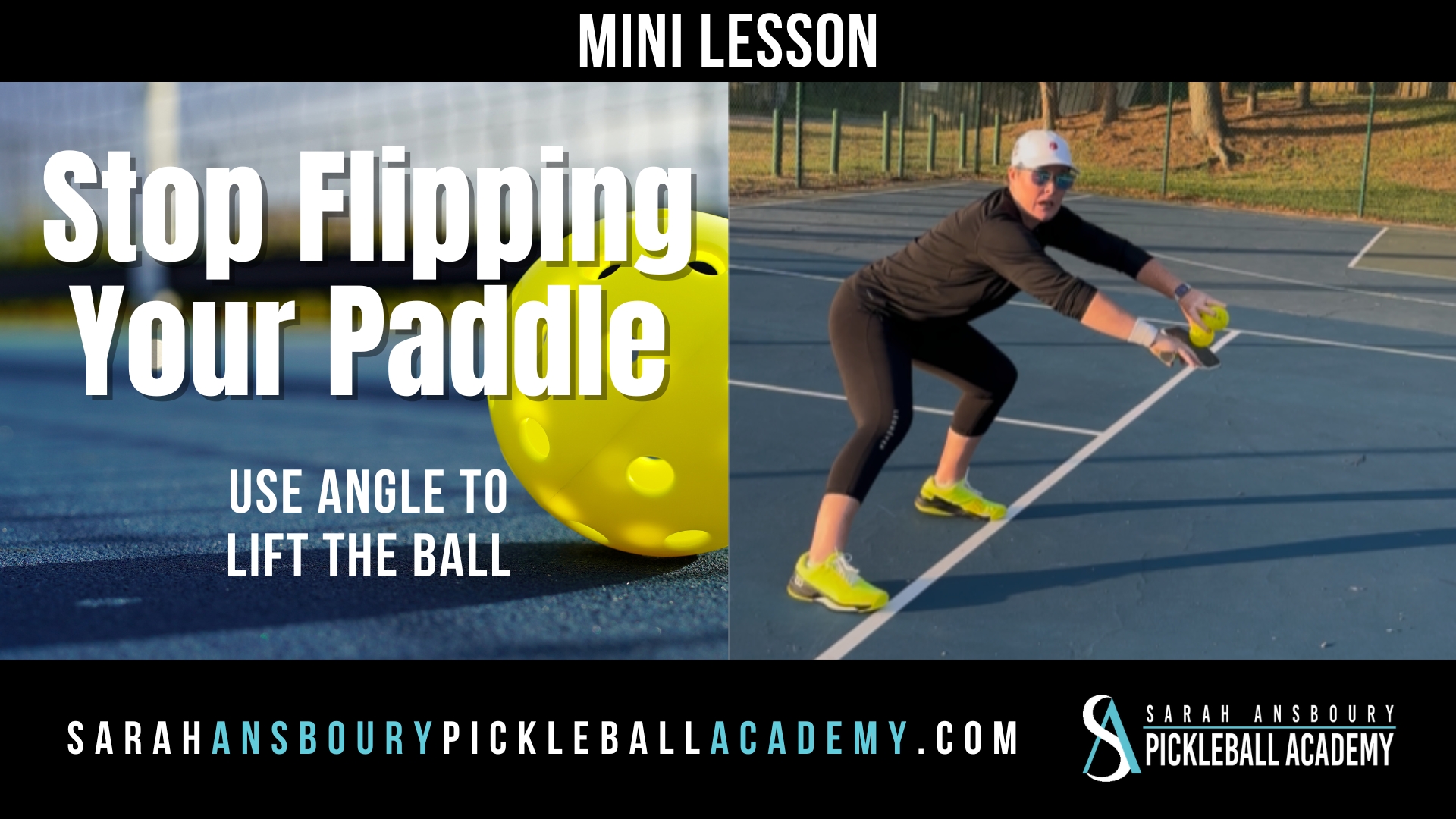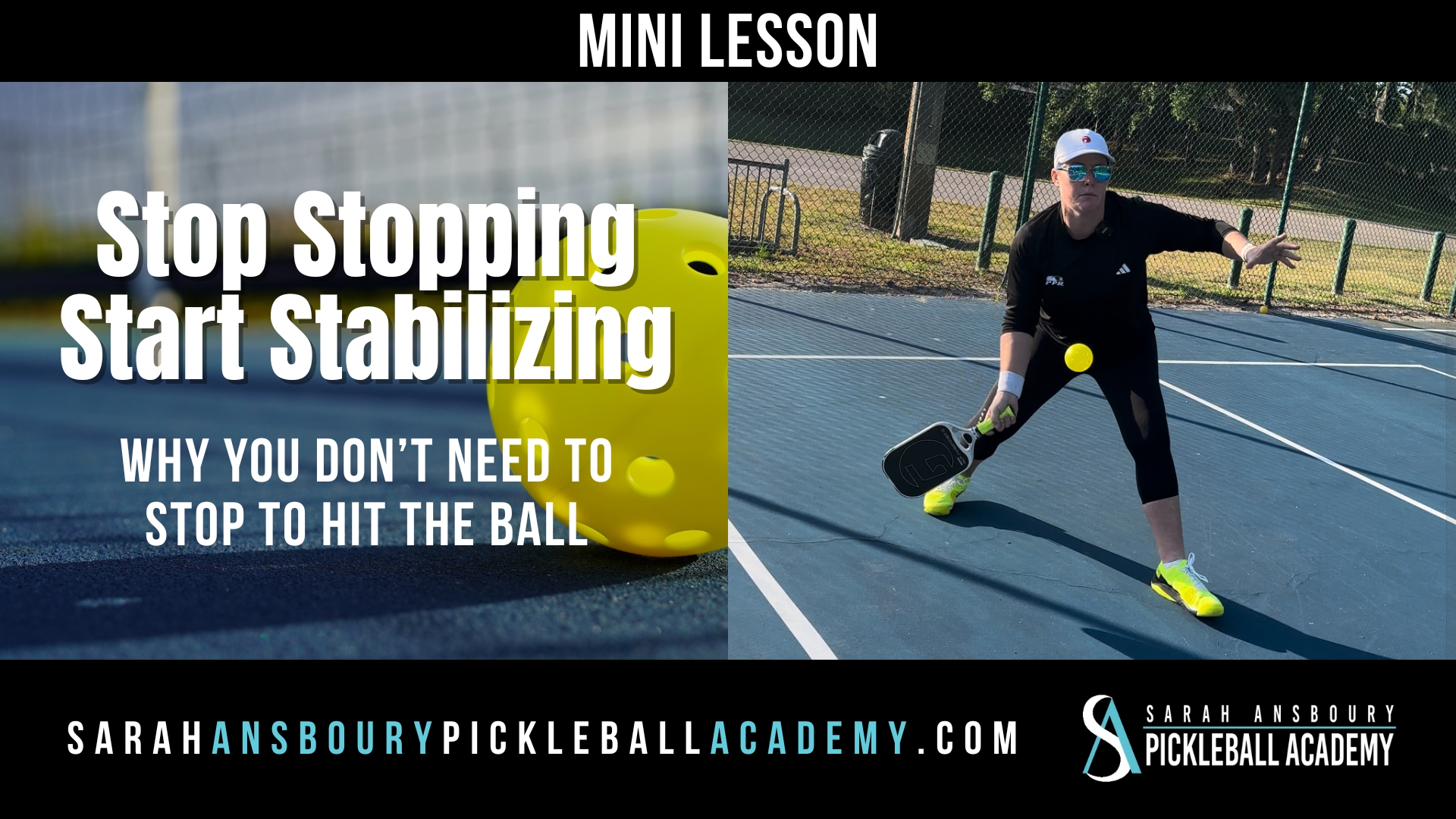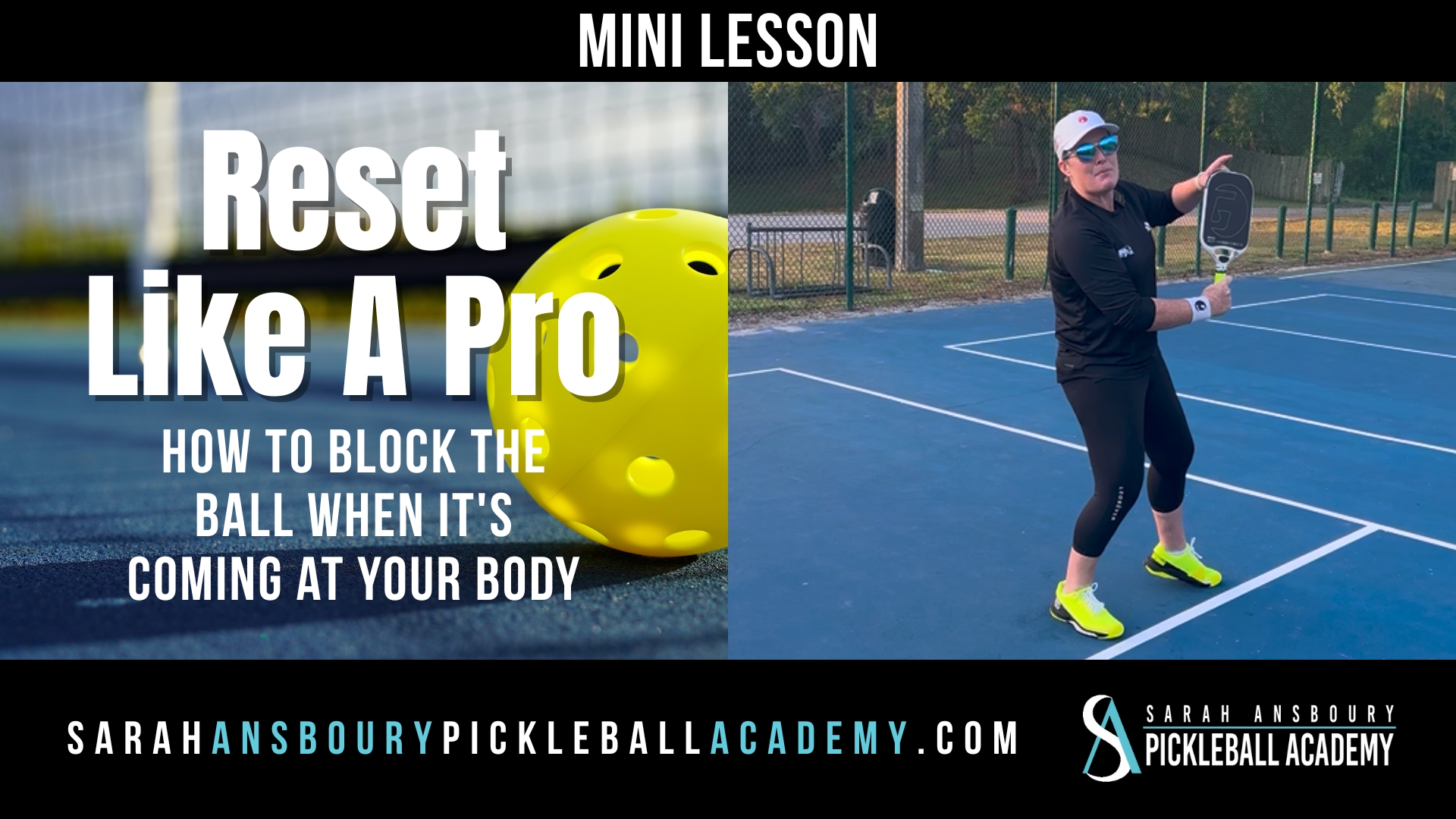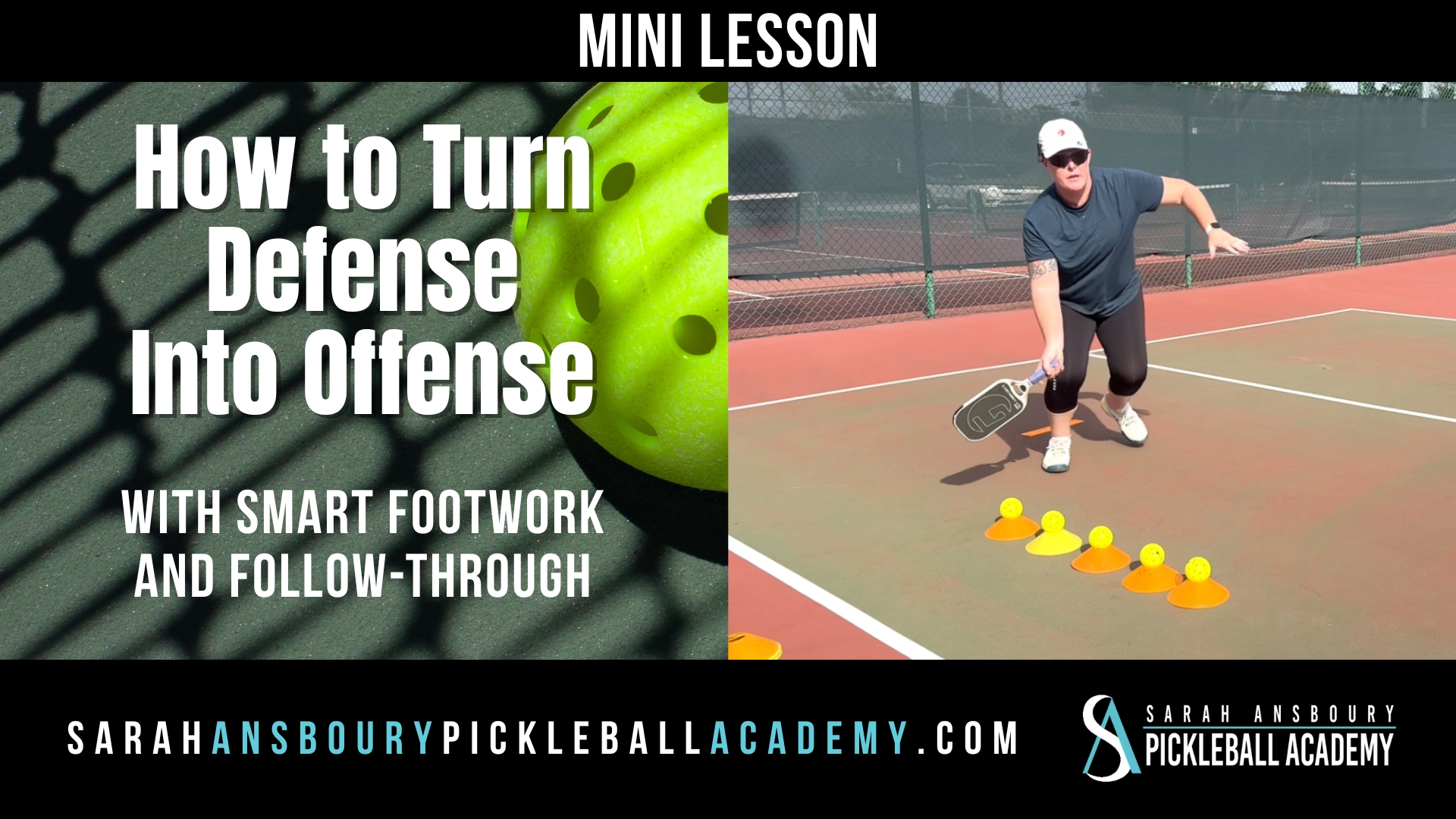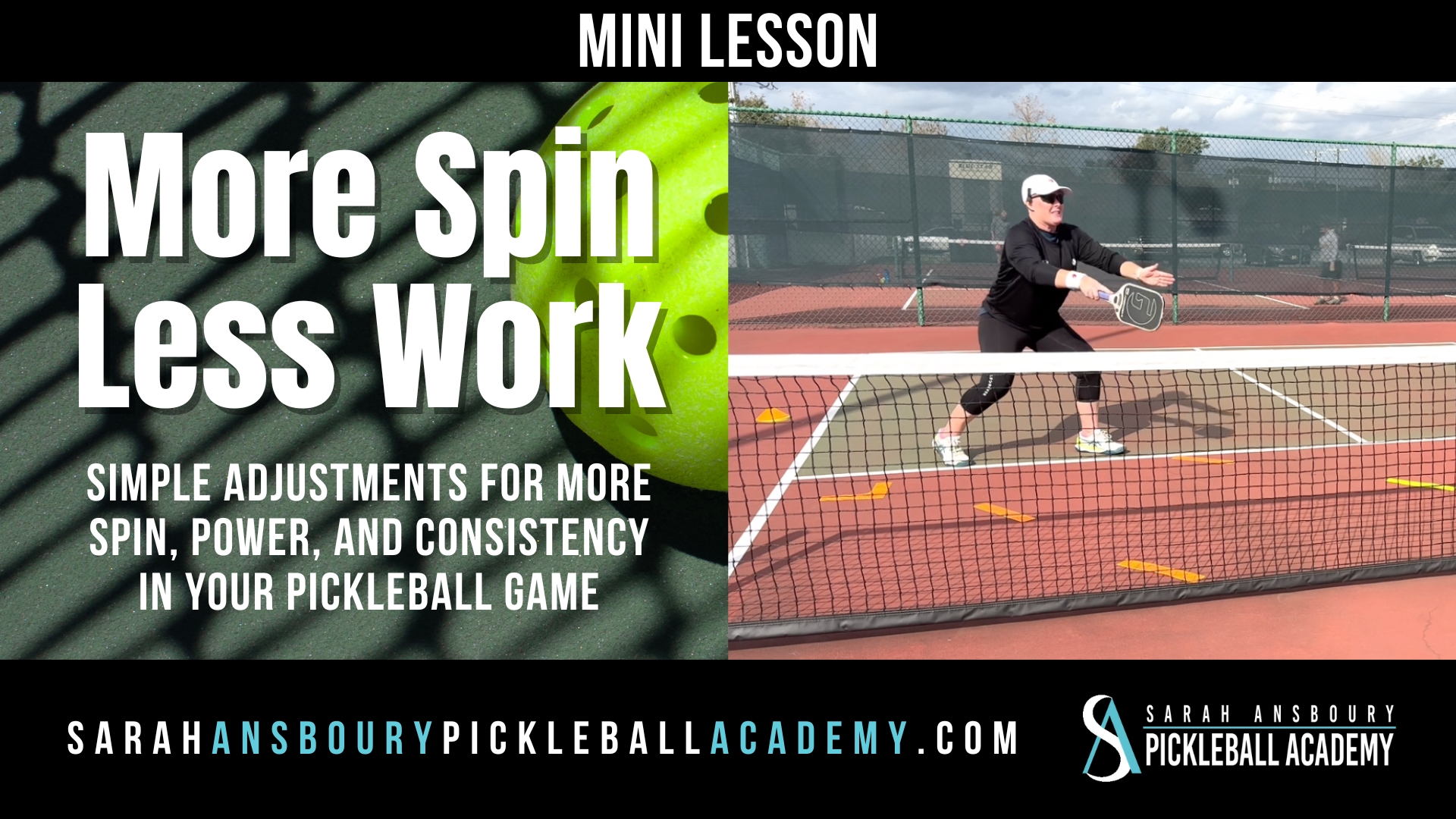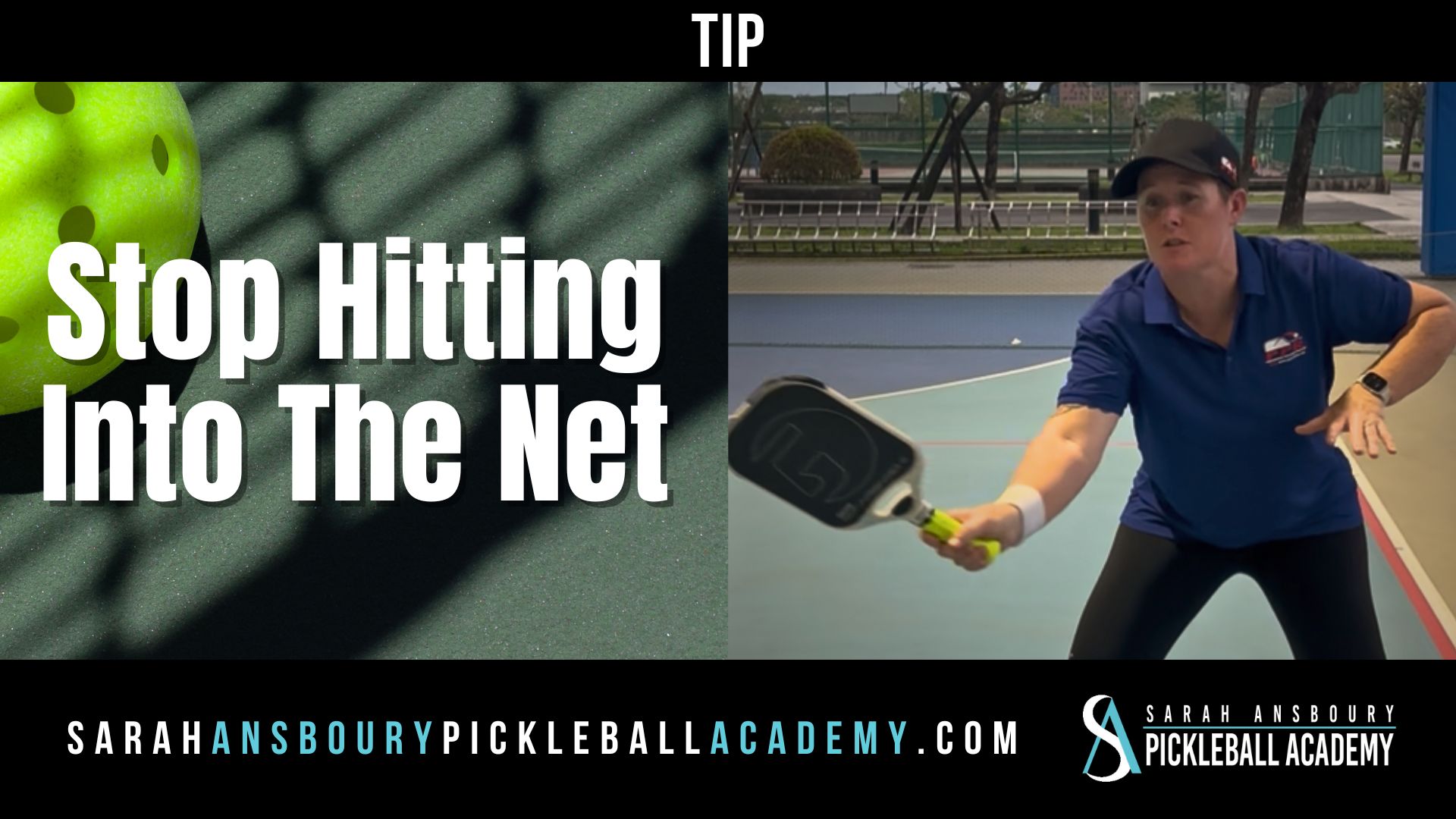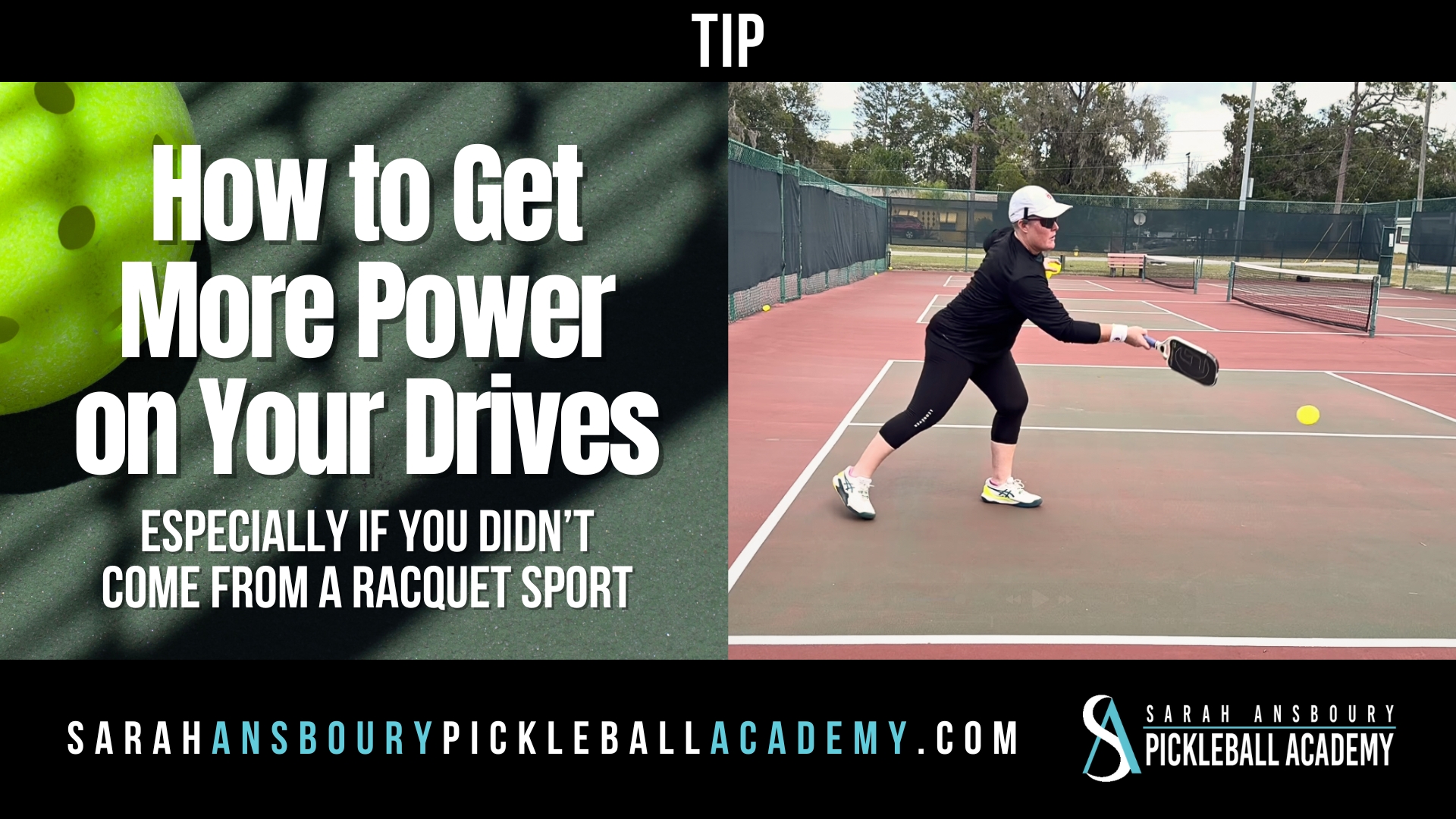Today, I’d like to delve into an area of pickleball that often perplexes players—the transition zone. Some see it as a no-man’s land, but I’m here to tell you it’s an opportunity zone filled with potential. The key lies in how we position ourselves during this critical phase of the game.
Picture this: you find yourself in the mid-court, and your stance feels a bit squatty and compressed. It’s a common situation, but here’s the thing—it can make retrieving low shots quite challenging. Often, players in this stance get knocked off balance and struggle to move freely. So, what’s the game plan for success in the transition zone?
First and foremost, when a fast, low ball is headed your way, focus on your wrist position. Ensure your wrist is relaxed and dropped down. This wrist adjustment is crucial for absorbing the shock of the incoming ball effectively. Avoid cocking your wrist up or making unnecessary movements that could destabilize your shot.
Now, let’s talk footwork. Imagine your partner is holding down the center court, and you’re anticipating the play. It’s wise to adopt a staggered stance with your feet. Here’s how it works: if the ball comes toward you, position your right foot slightly toward the center. This setup grants you greater flexibility to move forward and cut off the ball. If the ball changes direction unexpectedly, you can smoothly push off and adjust your positioning.
But the beauty of this staggered stance shines when you want to seize an opportunity. Let’s say you plan to poach at the net. In this case, you can swiftly push off with your back foot and move forward. This staggered stance, with weight on your toes and slightly off your heels, not only aids in absorbing incoming balls but also allows for fluid movement out of the transition zone and toward the net.
So remember, the transition zone is not a dreaded no-man’s land—it’s a land of opportunities. By focusing on your wrist position and mastering the staggered footwork, you’ll find yourself not only handling low shots more efficiently but also setting yourself up for successful plays as you move closer to the net.

